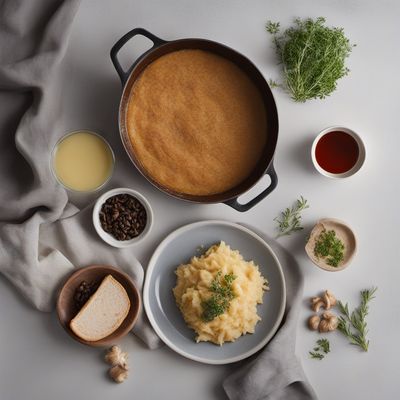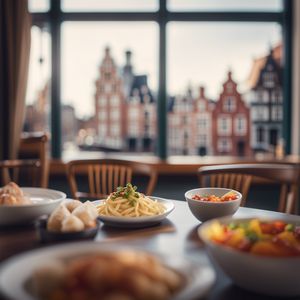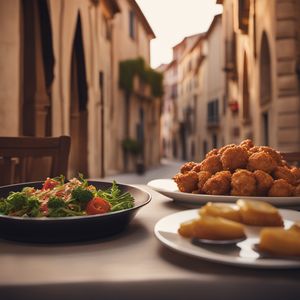
Dish
Rieslingspaschtéit
Riesling Paschtéit
Rieslingspaschtéit is made by mixing flour, salt, and water to make a dough. The dough is then rolled out and filled with a mixture of ground pork, onions, carrots, and Riesling wine. The pastry is then baked in an oven until it is golden brown. The filling is savory and delicious, and the pastry is flaky and buttery. This dish is perfect for lunch or dinner.
Origins and history
Rieslingspaschtéit originated in the Alsace region of France and has been a staple in Alsace cuisine for centuries. The dish is believed to have been created by German immigrants who settled in the region in the 17th century. The dish has since become a beloved tradition in Alsace and is enjoyed by people all over the region.
Dietary considerations
This dish is not suitable for vegetarians or vegans. It is high in calories and should be consumed in moderation.
Variations
There are many variations of Rieslingspaschtéit, including vegetarian and gluten-free options. Some variations also include different types of meat or vegetables in the filling.
Presentation and garnishing
Rieslingspaschtéit is traditionally served hot and fresh from the oven. It can be garnished with fresh herbs, such as parsley or thyme, and a sprinkle of black pepper.
Tips & Tricks
To make the perfect Rieslingspaschtéit, be sure to use high-quality meat and fresh ingredients. The pastry should be flaky and buttery, and the filling should be savory and delicious. Be careful not to overfill the pastry, as this can cause it to burst during baking.
Side-dishes
Rieslingspaschtéit can be served with a variety of side dishes, including salads, soups, and stews. It is also delicious on its own as a snack or light meal.
Drink pairings
This dish pairs well with Alsatian wines, such as Riesling or Gewürztraminer. It can also be enjoyed with a non-alcoholic beverage.
Delicious Rieslingspaschtéit recipes
More dishes from this category... Browse all »

Adjarian khachapuri
Georgian cuisine

Alevropita
Greek cuisine
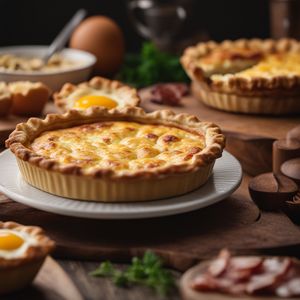
Bacon and Egg Pie
British cuisine
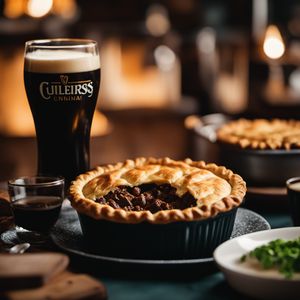
Beef and Guinness Pie
Irish cuisine

Belokranjska povitica
Slovenian cuisine

Benkovački prisnac
Croatian cuisine

Bureek tajin
Algerian cuisine

Bölletünne
German cuisine

